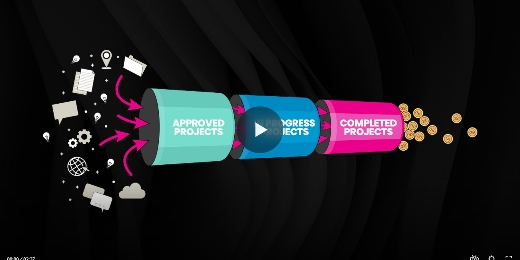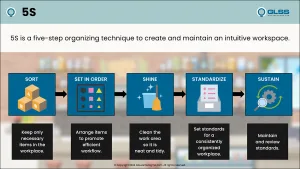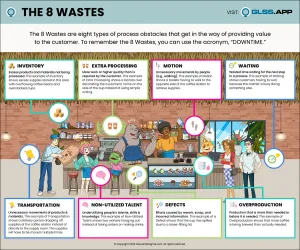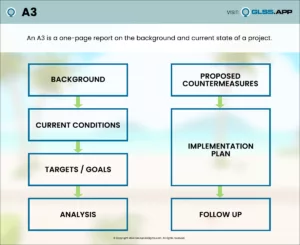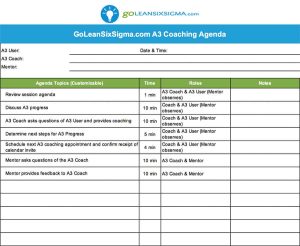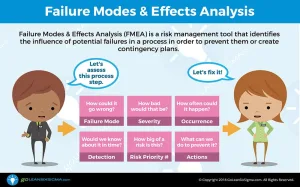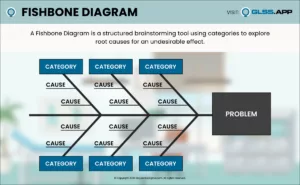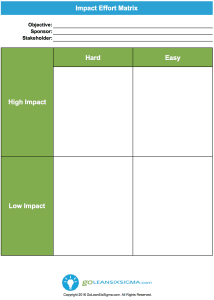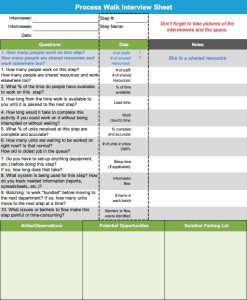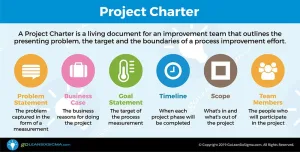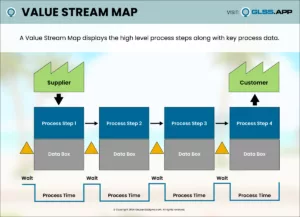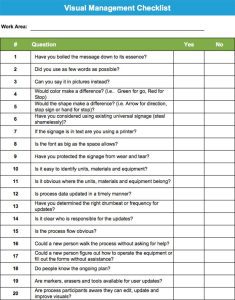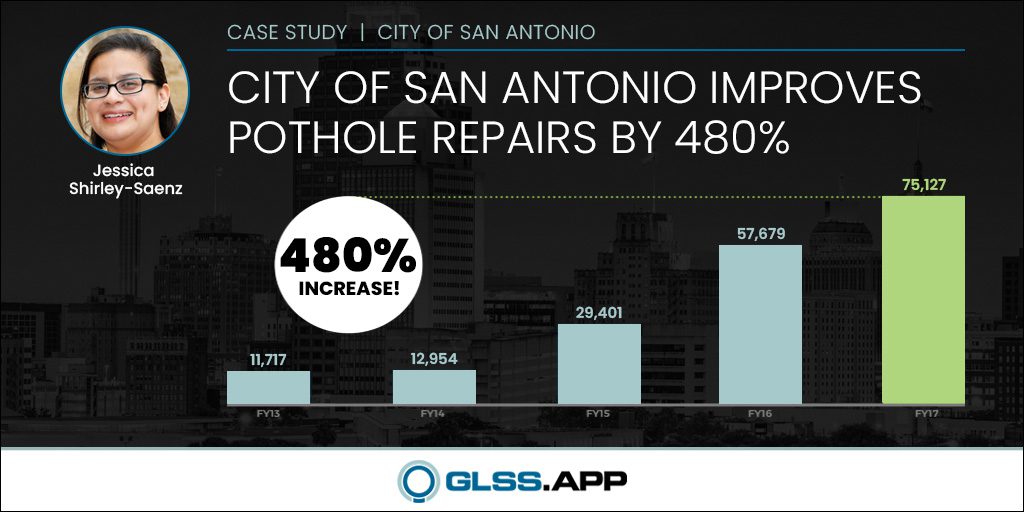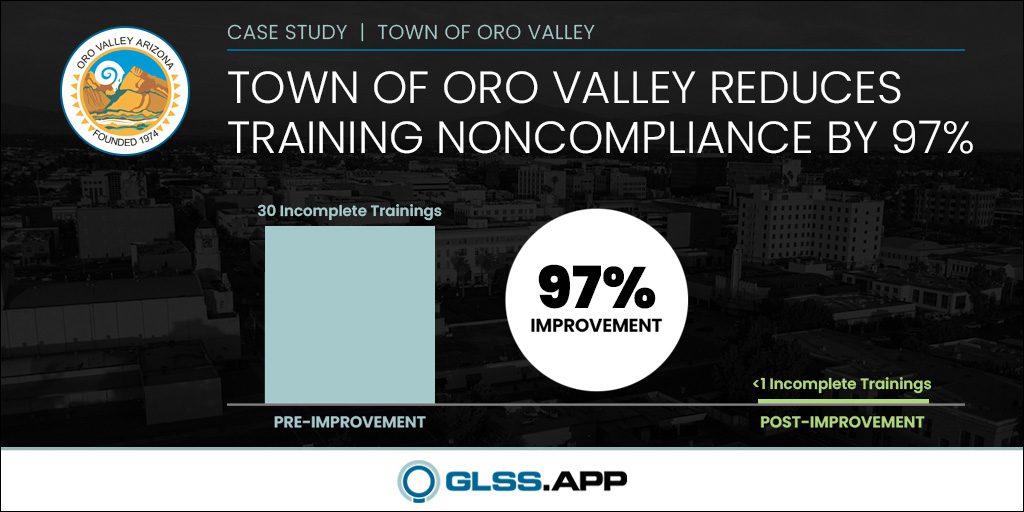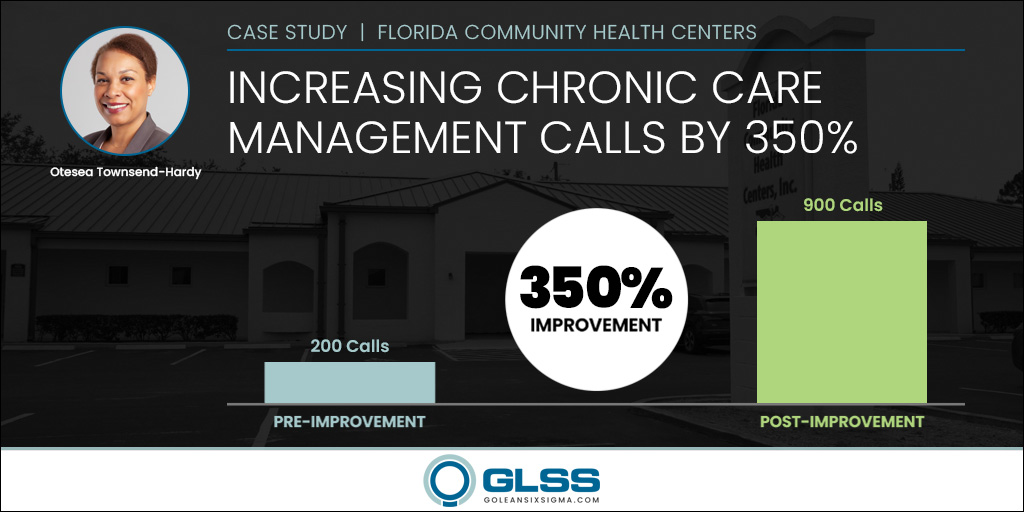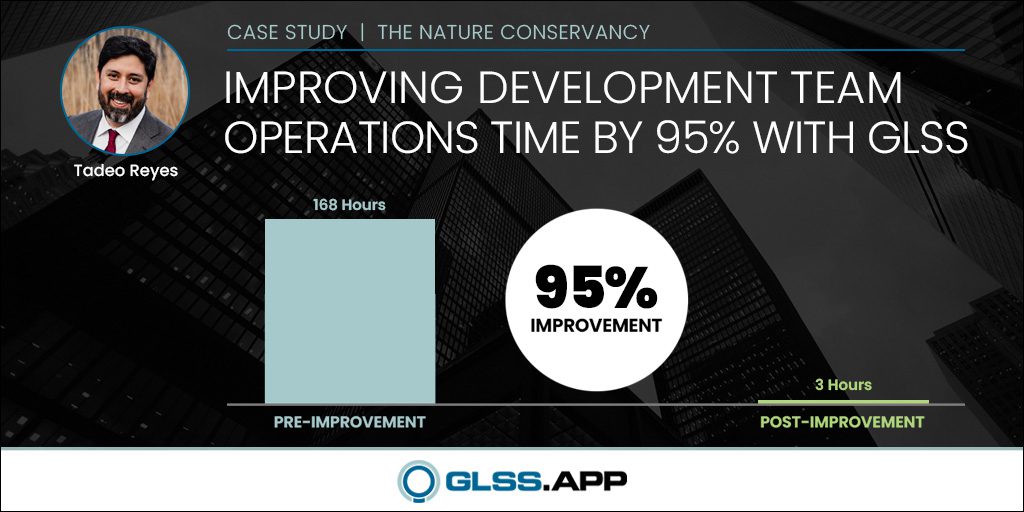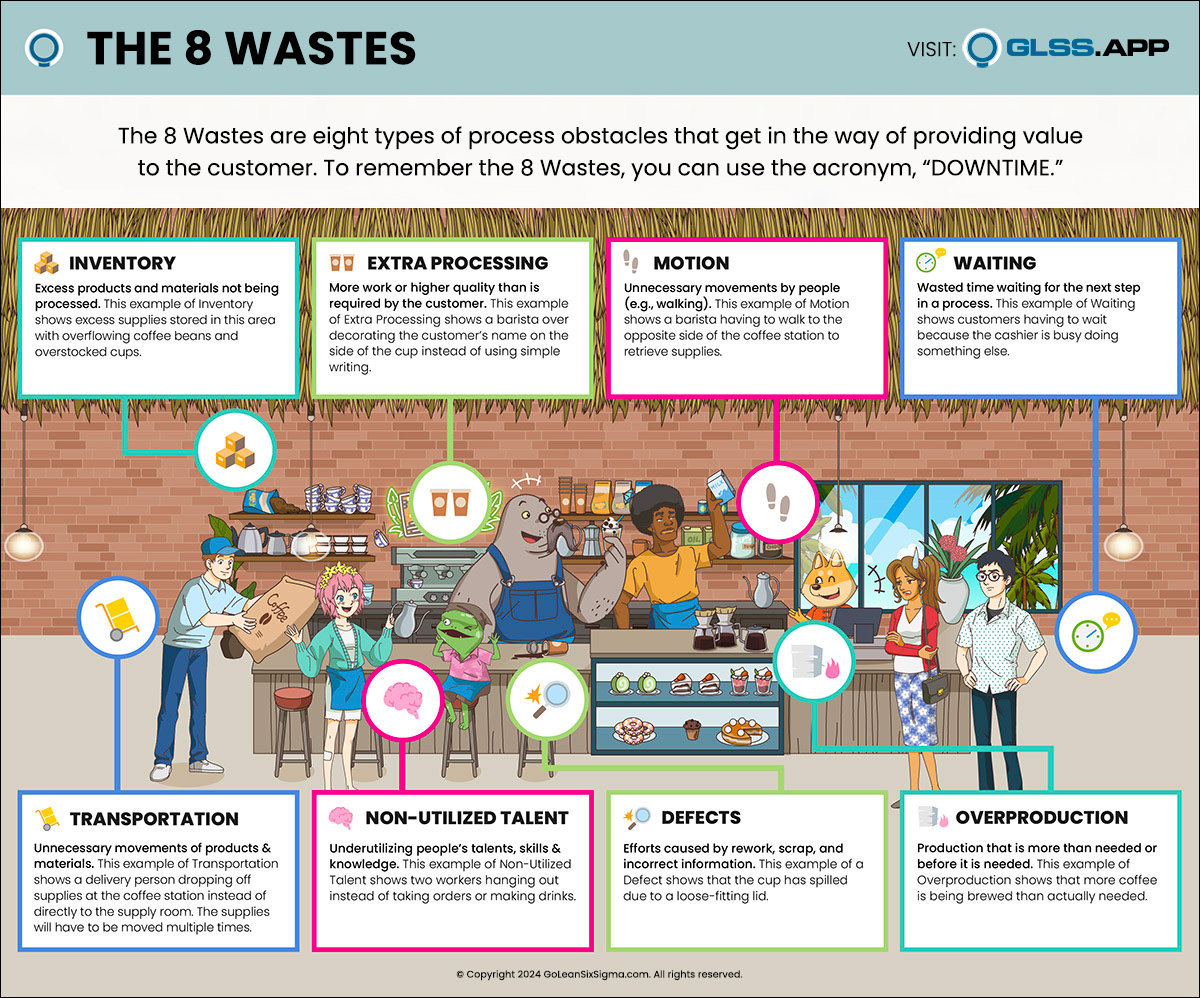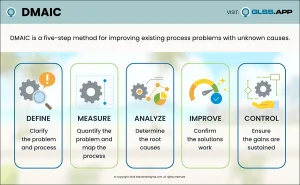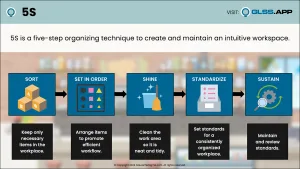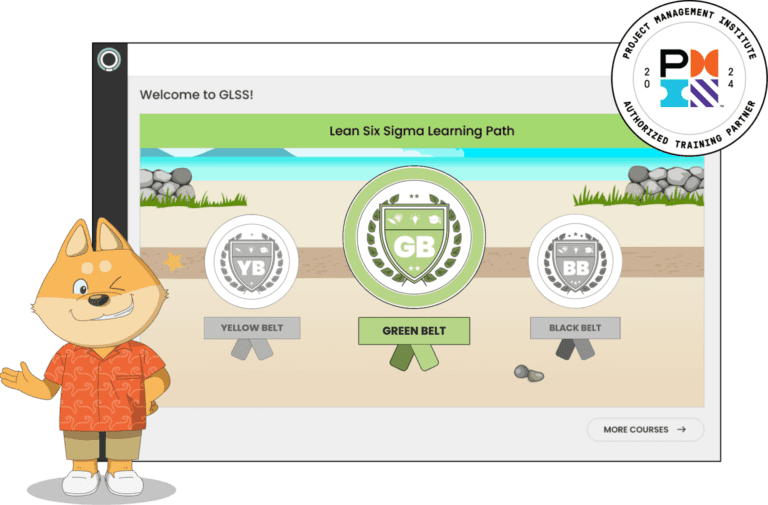Cape Cod Child Development Reduces Classroom Incidents By 50% With GLSS
Home » Case Study » Cape Cod Child Development Reduces Classroom Incidents By 50% With GLSS
Florida
Healthcare
Patient Care
350%
Lean Six Sigma Process Improvement Results:
Classroom Incidents Reduced by 50%!
When children act up, it makes it hard for other kids to learn. Learn how Lesley Guertin of nonprofit Cape Cod Child Development managed to reduce classroom incidents by 50%.
Project Summary
Improving the Classroom Environment to Reduce Incidents
Due to an increased number of incident reports being submitted over a 6 month period at Cape Cod Child Development, Lesley Guertin and her team of problem-solvers set out to identify the root causes of the issue and improve the process.
Goal Statement: To decrease the number of incident reports from 30 to 15 a month by the end of the school year.
Definitions:
- Incident: any behavioral, accidents, property destruction and emergency deemed in a classroom setting
- JRI: Justice Resource Institute – Agency supporting behavioral services to children
My project really is focused on lowering the number of incident reports in the classroom.
Define Phase: Identify the Problem
After using the Voice of the Customer Translation Matrix and creating a SIPOC of the process, Guertin and her team found that:
- It takes too long for JRI to come out for classroom observation/intervention.
- Staffing issues hinder time for release of staff to submit the incident reports electronically.
- Overall the administration shared that they would like to prevent incidents from occurring in the first place.
Key Take Aways:
- This project needed to address the process of incidents reported to JRI.
- The process of support requires 5 steps, not including the outputs to the process.
It impacts the children, it impacts the families, and also impacts the staff members that are working with the children.
Measure Phase: Quantify the Problem
To collect data, the team measured the number of incidents using a Histogram and developed a data collection plan. They learned that:
- There was a peak of incidents from from September to October.
- There were, on average, two incidents being reported on a daily basis.
…when I first initially took on this project, I really looked at 30 being the number. But actually when I started to collect the data, I found that really the median was 60 instead of 30. So that even doubled that even more.
Analyze Phase: Identify the Cause of the Problem
It was time to identify the root causes of the incidents. By creating a Fishbone Diagram and using the 5 Whys to help analyze the root causes, the team learned that:
- The classroom environment had a large impact on the number of incidents that were occurring.
- There is a lack of strategy that was being utilized by the teachers to prevent the incidents.
- According to the data in the Pareto Chart, children hurting children, children throwing toys and children hurting staff were the highest incidents that were reported from September 2016 to June 2016.
…really the classroom environment seemed to have a big impact among other things.
Improve Phase: Implement and Verify the Solution
Now that Guertin and her team of problem-solvers were able to identify the root causes of the more frequent types of incidents that were occurring, the team began to implement improvements, such as:
- Focusing on classrooms that reported the most incidents by constructing safe areas for children and larger areas for play
- Developing an internal referral form that allows more time for external support in classrooms
The Improvement Results:
- By using a Run Chart to measure improvement, it is noted that there had been a decline of incidents regarding the classrooms where the environments were changed.
- The team saw an overall decrease in incidents being reported by 50%!
…So going in and just making those site adjustments to the environment really drastically impacted the amount of incident reports that were coming in to me.
Lean Six Sigma Tools Used: Solution Selection Matrix


Your data tells a story. So you have to incorporate and interpret your data and see where it’s going to take you because it’s going to take you in a totally different direction.
Control Phase: Maintain the Solution
By implementing a Monitoring & Response Plan, the team has been able to control the results of the implemented solutions. They are currently measuring the number of incidents, types of incidents, and when changes are made to the classroom environment. By developing the response plan they are able to make sure that they are able to give feedback, track the most frequent incidents that are still occurring, as well as monitor classroom arrangement changes.
Project Benefits & Lessons Learned:
- The impact of physical changes in the environment can make a difference in the behaviors of children in the classroom.
- It is best to look at examples of the Bahama Bistro and then interpret it into your own process.
- Observing and determining if children will need special needs and/or behavior services will impact the quality of services for children by providing classroom support when needed.
You have to look at your examples and then try to interpret it into your own data. And what is it – how is it going to work for you? I’m not saying it’s going to work for you but how can I make this work for my process?













